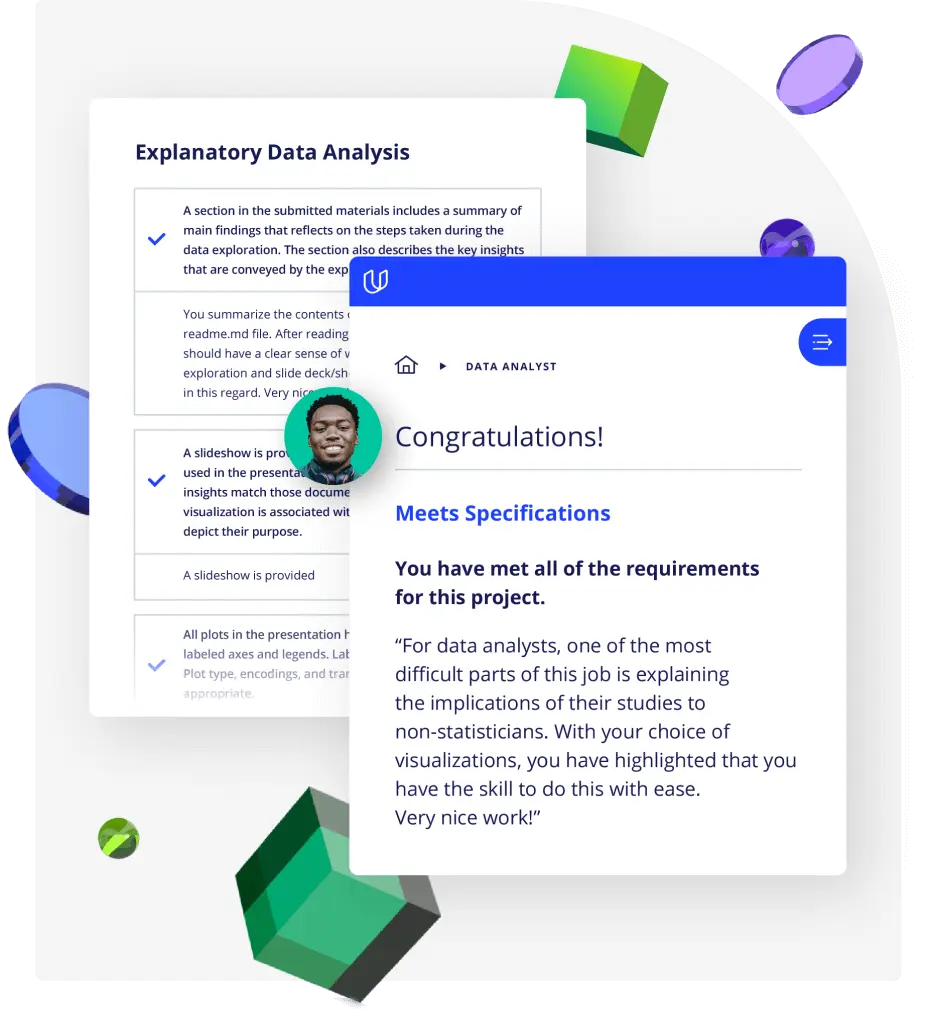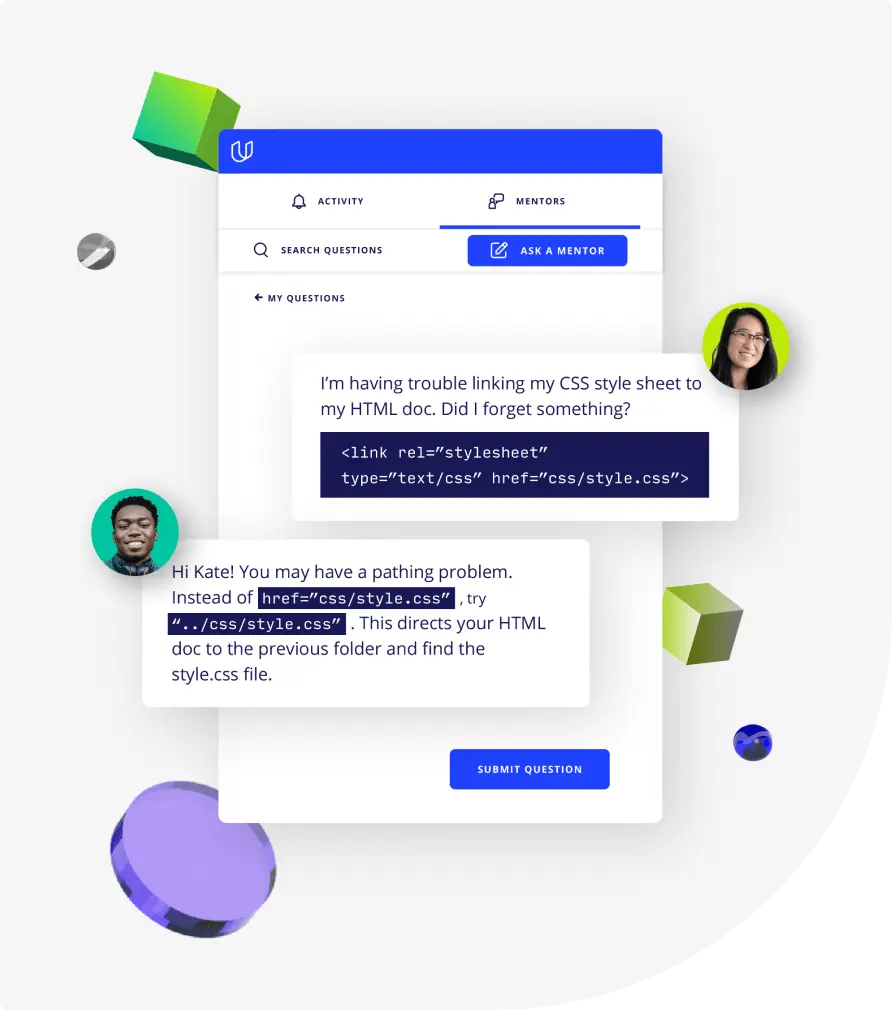Lesson 1
Introduction to Data Modeling
In this lesson, you will learn the basic difference between relational and non-relational databases, and how each type of database fits the diverse needs of data consumers.

Course
In this course, you’ll learn the fundamentals of relational and non-relational data models to fit the diverse needs of data consumers. You will also learn the basics of Big Data, which provides ways to work with massive data sets that are too large or complex to be handled by traditional data-processing application software.
In this course, you’ll learn the fundamentals of relational and non-relational data models to fit the diverse needs of data consumers. You will also learn the basics of Big Data, which provides ways to work with massive data sets that are too large or complex to be handled by traditional data-processing application software.
Fluency
9 hours
Completion Certificate
Last Updated January 8, 2024
Skills you'll learn:
Prerequisites:
No experience required
Lesson 1
In this lesson, you will learn the basic difference between relational and non-relational databases, and how each type of database fits the diverse needs of data consumers.
Lesson 2
In this lesson, you will learn the purpose of data modeling, the strengths and weaknesses of relational databases. You will also learn about normalization, denormalization, and schemas.
Lesson 3
In this lesson, you will take a 30000-foot view of big data and see why it is so important. You will also learn the characteristics of big data, and horizontal and vertical scaling.
Lesson 4
In this lesson, you will look at the differences between NoSQL and SQL. You will also see why and how NoSQL databases provide capabilities that allow big data to be possible.
Combine technology training for employees with industry experts, mentors, and projects, for critical thinking that pushes innovation. Our proven upskilling system goes after success—relentlessly.

Demonstrate proficiency with practical projects
Projects are based on real-world scenarios and challenges, allowing you to apply the skills you learn to practical situations, while giving you real hands-on experience.
Gain proven experience
Retain knowledge longer
Apply new skills immediately

Top-tier services to ensure learner success
Reviewers provide timely and constructive feedback on your project submissions, highlighting areas of improvement and offering practical tips to enhance your work.
Get help from subject matter experts
Learn industry best practices
Gain valuable insights and improve your skills

Unlimited access to our top-rated courses
Real-world projects
Personalized project reviews
Program certificates
Proven career outcomes
Full Catalog Access
One subscription opens up this course and our entire catalog of projects and skills.
Average time to complete a Nanodegree program
6 hours
, Fluency
9 hours
, Fluency
5 hours
, Fluency
6 hours
, Fluency
10 hours
, Fluency
6 hours
, Fluency
7 hours
, Fluency
1 hour
, Discovery
3 weeks
, Beginner
7 hours
, Fluency
8 hours
, Fluency
11 hours
, Fluency
9 hours
, Fluency
3 hours
, Fluency
7 hours
, Fluency
8 hours
, Fluency

Data Modeling Fluency
6 hours
, Fluency
9 hours
, Fluency
5 hours
, Fluency
6 hours
, Fluency
10 hours
, Fluency
6 hours
, Fluency
7 hours
, Fluency
1 hour
, Discovery
3 weeks
, Beginner
7 hours
, Fluency
8 hours
, Fluency
11 hours
, Fluency
9 hours
, Fluency
3 hours
, Fluency
7 hours
, Fluency
8 hours
, Fluency